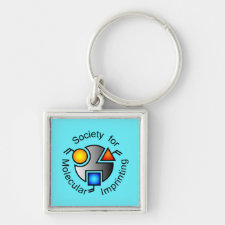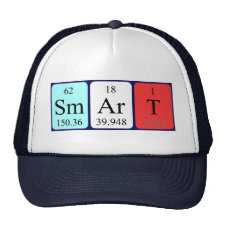
Authors: Wu SQ, Tan L, Wang GQ, Peng GM, Kang CC, Tang YW
Article Title: Binding characteristics of homogeneous molecularly imprinted polymers for acyclovir using an (acceptor-donor-donor)-(donor-acceptor-acceptor) hydrogen-bond strategy, and analytical applications for serum samples.
Publication date: 2013
Journal: Journal of Chromatography A
Volume: 1285
Page numbers: 124-131.
DOI: 10.1016/j.chroma.2013.02.039
Alternative URL: http://www.sciencedirect.com/science/article/pii/S0021967313003282
Abstract: This paper demonstrates a novel approach to assembling homogeneous molecularly imprinted polymers (MIPs) based on mimicking multiple hydrogen bonds between nucleotide bases by preparing acyclovir (ACV) as a template and using coatings grafted on silica supports. 1H NMR studies confirmed the AAD-DDA (A for acceptor, D for donor) hydrogen-bond array between template and functional monomer, while the resultant monodisperse molecularly imprinted microspheres (MIMs) were evaluated using a binding experiment, high performance liquid chromatography (HPLC), and solid phase extraction. The Langmuir isothermal model and the Langmuir-Freundlich isothermal model suggest that ACV-MIMs have more homogeneous binding sites than MIPs prepared through normal imprinting. In contrast to previous MIP-HPLC columns, there were no apparent tailings for the ACV peaks, and ACV-MIMs had excellent specific binding properties with a Ka peak of 3.44 x 105 M-1. A complete baseline separation is obtained for ACV and structurally similar compounds. This work also successfully used MIMs as a specific sorbent for capturing ACV from serum samples. The detection limit and mean recovery of ACV was 1.8 ng/mL-1 and 95.6%, respectively, for molecularly imprinted solid phase extraction coupled with HPLC. To our knowledge, this was the first example of MIPs using AAD-DDA hydrogen bonds
Template and target information: acyclovir, ACV
Author keywords: Acyclovir, high performance liquid chromatography, Molecularly imprinted polymer receptor, Hydrogen-bond array



Join the Society for Molecular Imprinting

New items RSS feed
Sign-up for e-mail updates:
Choose between receiving an occasional newsletter or more frequent e-mail alerts.
Click here to go to the sign-up page.
Is your name elemental or peptidic? Enter your name and find out by clicking either of the buttons below!
Other products you may like:
 MIPdatabase
MIPdatabase









